PROTECT YOUR DNA WITH QUANTUM TECHNOLOGY
Orgo-Life the new way to the future Advertising by AdpathwayAnalysis of Federal Immigration Surge in New York City
The impending surge of federal immigration enforcement in New York City signals a pivotal moment in the ongoing clash between local and federal authorities over immigration policy. Announced on November 18, the initiative by Immigration and Customs Enforcement (ICE) and Homeland Security Investigations (HSI) will increase federal agents’ presence in the city, especially in high-immigrant neighborhoods. Tom Homan, now serving as White House Border Czar, stated, “We will increase the enforcement presence in New York City,” drawing attention to the city’s sanctuary status and what he describes as ongoing public safety threats.
Homan’s remarks underscore the tension brewing between the Trump administration and cities imposing sanctuary policies. New York City has long resisted federal immigration enforcement, notably through city council decisions that limit ICE’s access to its correctional facilities. This resistance has now attracted punitive measures from federal officials who see these policies as creating dangerous living conditions for residents.
In stark contrast, Mayor-elect Zohran Mamdani is adamant that New York will protect its immigrant communities. He frames the federal crackdown as an assault on the city’s “immigrant heritage,” arguing that it undermines civil rights. This juxtaposition of Homan’s escalated federal approach against Mamdani’s promise of sanctuary illuminates a broader national conversation on immigration and local governance.
Mamdani’s plans to halt NYPD collaboration with ICE once he takes office further highlight the expected friction. His commitment to protect “every New Yorker” reveals a belief that the identity and safety of the city depend on supporting all its residents, particularly the immigrant population. With over 3.2 million foreign-born residents, New York is home to a considerable number of individuals with varying immigration statuses, making the stakes incredibly high for local leaders and communities alike.
The proposed increase in enforcement mirrors tactics employed in other sanctuary cities, raising alarms about the potential human cost. Reports of aggressive enforcement actions in cities like Charlotte, where over 130 arrests occurred during a recent ICE operation, serve as a worrying precedent for what could unfold in New York. The federal agents’ decision to deploy heavily armed forces in residential neighborhoods has already generated significant backlash. Such actions contribute to an atmosphere of fear among immigrant communities, as Mamdani has pointed out by stating residents are “living in fear” of sudden raids.
Federal enforcement measures will focus on key transit hubs and neighborhoods known for high concentrations of immigrants, creating a chilling effect that extends well beyond those directly targeted. The use of “knock-and-talk” tactics, where agents approach known addresses without warrants, raises ethical questions about privacy and civil rights. While certain sensitive areas like schools and churches are ostensibly avoided, the proximity of enforcement to such locations suggests a troubling disregard for community safety.
As the Mayor-elect prepares to assume his role, he is already taking steps to fortify local resistance. His directive to the NYPD to reject ICE detainer requests showcases a commitment to safeguarding the city’s immigrant population. Yet, the reality remains complicated, as federal law supersedes local ordinances, presenting a legal quagmire that Mamdani must navigate carefully.
The issue at stake extends beyond political rivalry; it strikes at the heart of community cohesion and public safety. Legal experts emphasize that mixed-status families are particularly vulnerable to these sweeping enforcement measures. Richard T. Herman succinctly notes, “These sweeps don’t just go after criminals—they’re casting a wide net,” highlighting the indiscriminate nature of the operations that could ensnare innocent individuals.
The anticipated clash points to an ongoing political struggle, with Trump officials framing the surge as a necessary response to perceived immigration law violations. In contrast, Mamdani and his supporters view this approach as an unjust targeting of working-class families aiming for a better life. This conflict will likely intensify as federal agencies prepare for operations and local leaders brace for the oncoming legal and social ramifications.
The dynamics in New York City embody a broader national narrative on immigration enforcement. With Homan stating, “The laws are clear. The law is on our side,” the Trump administration asserts authority while sending a clear message to cities resisting federal directives. As preparations unfold, both the local government and immigrant advocates rally for their communities while facing an unyielding federal apparatus poised to enforce immigration laws under challenging circumstances.
"*" indicates required fields


 14 hours ago
1
14 hours ago
1






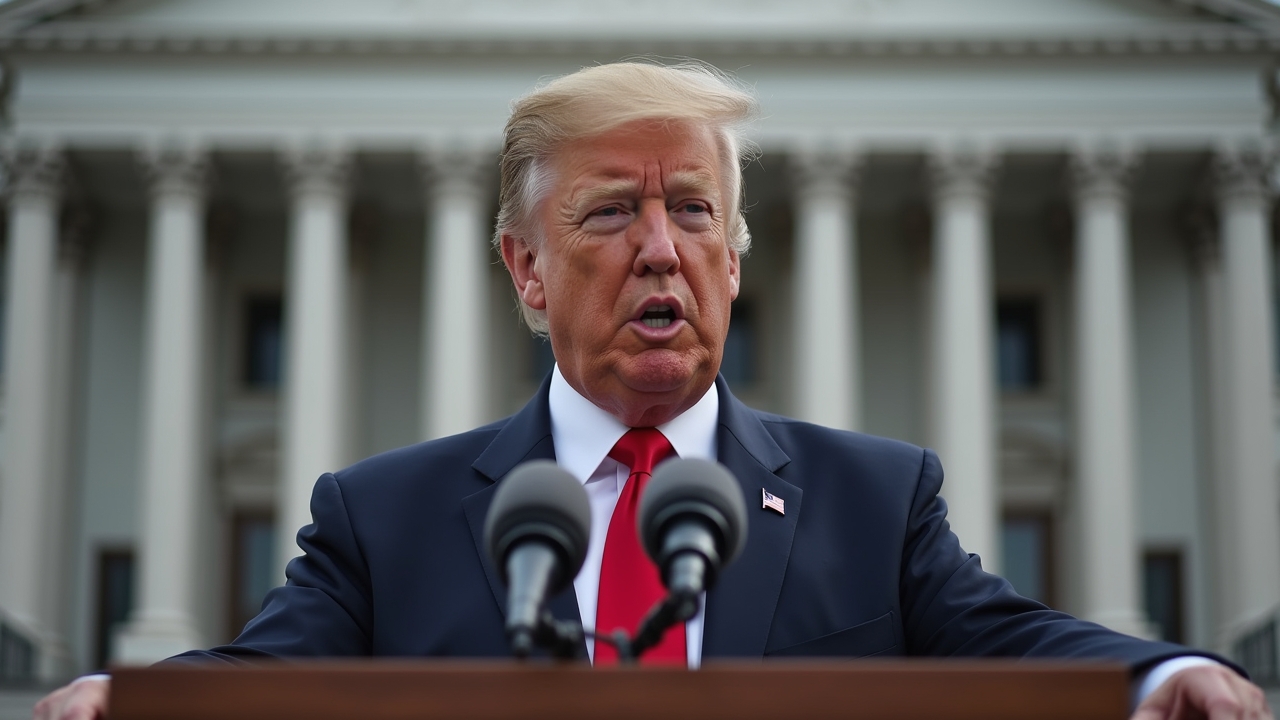

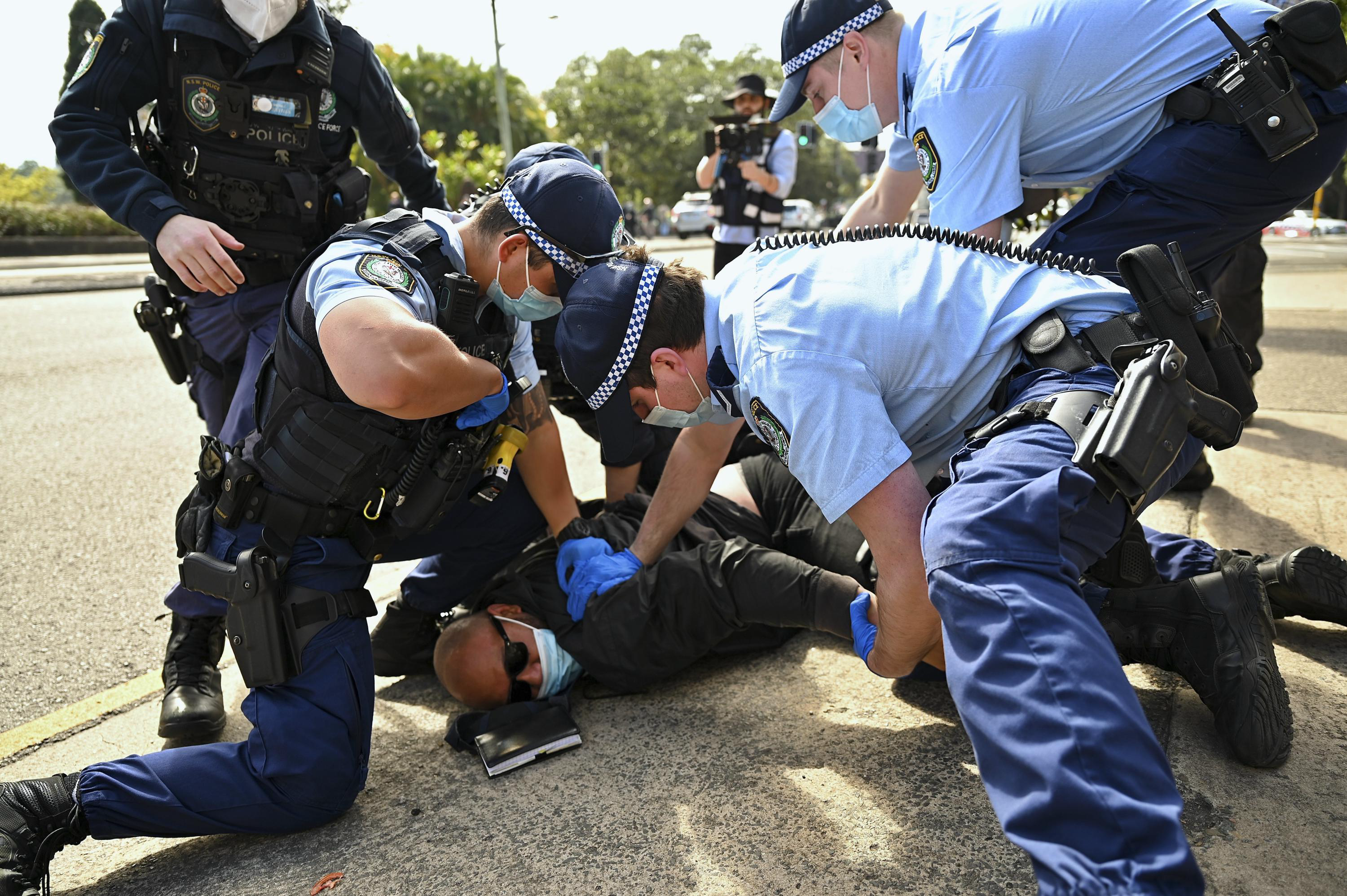
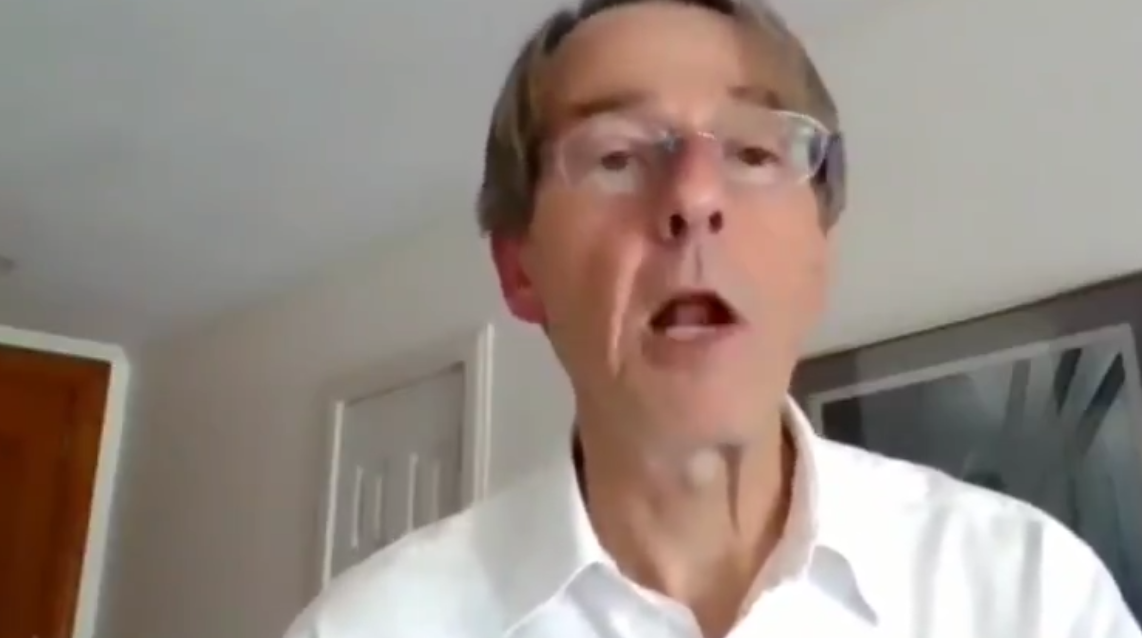



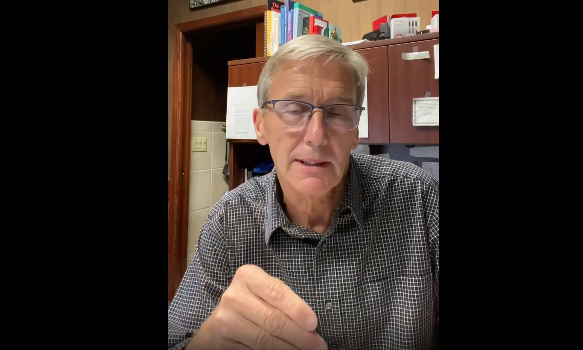
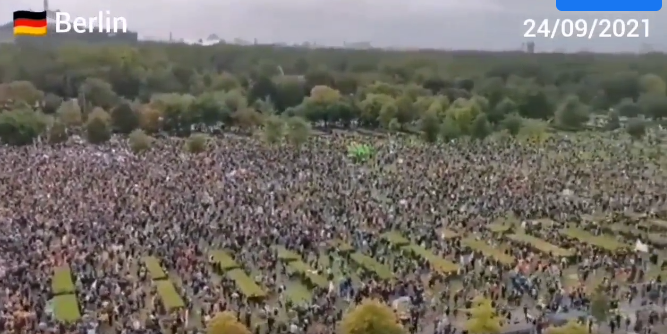
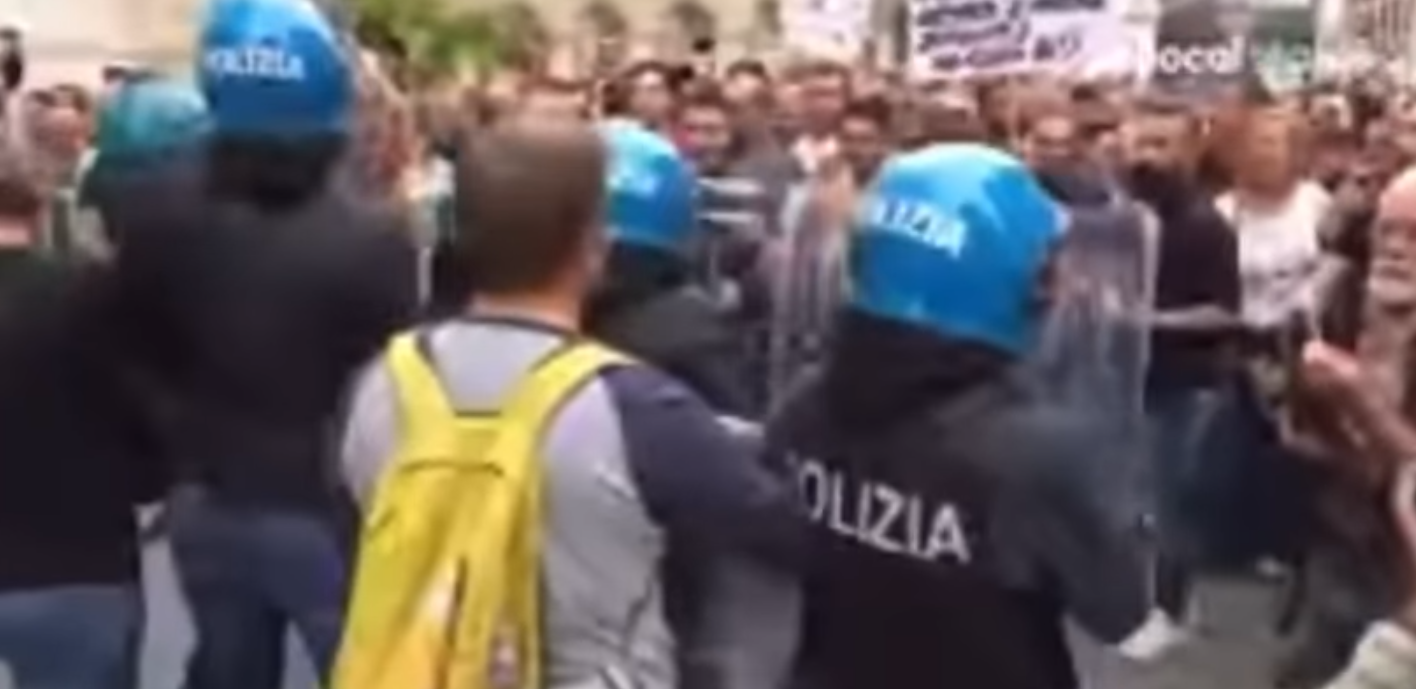

.jpg)
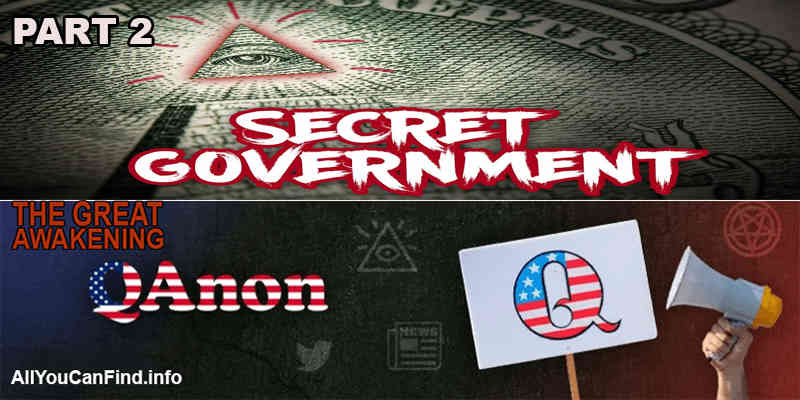
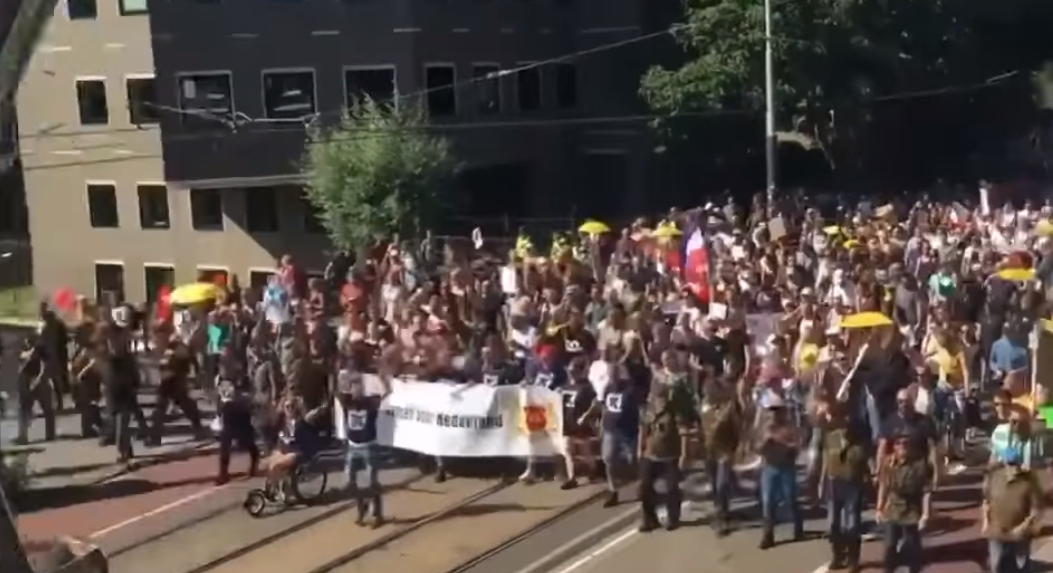
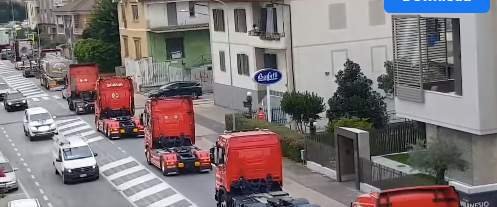
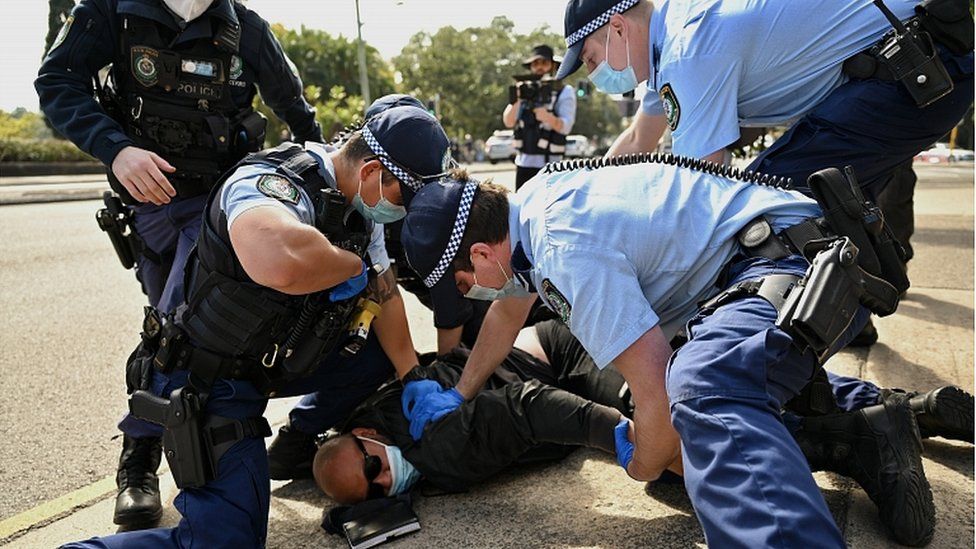
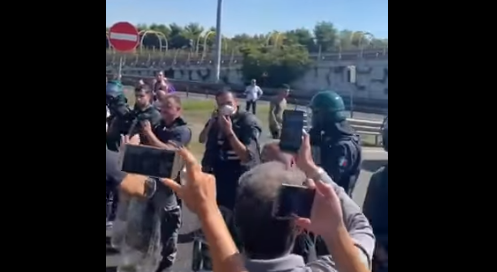

 English (US) ·
English (US) ·  French (CA) ·
French (CA) ·